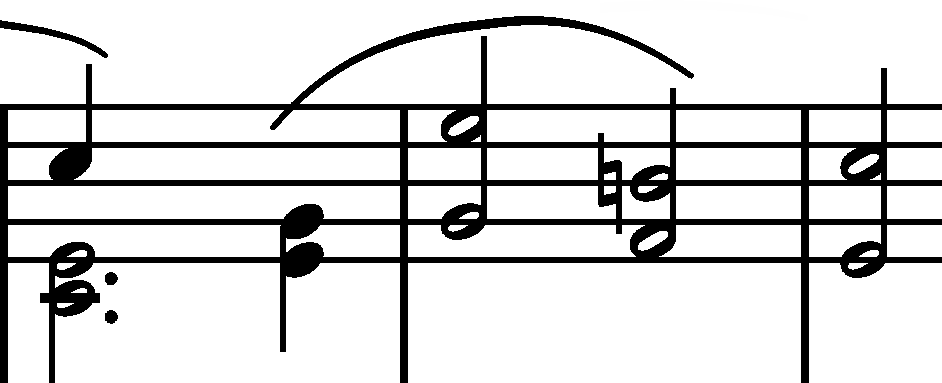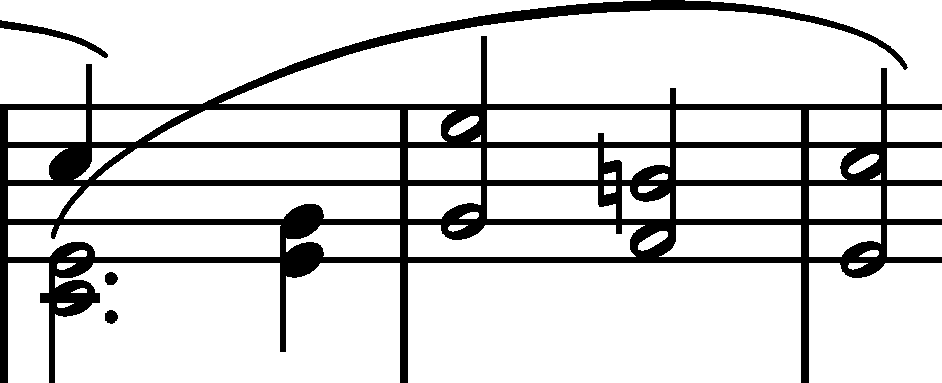



|
b. 203-204
|
composition: Op. 21, Concerto in F minor, Mvt I
..
The absence of the slur (slurs?) separating the solo bassoon phrase in A seems to be Chopin's inadvertence. GE1 has a slur in the 2nd half of bar 204, in which one can see the Chopin proofreading. However, certain arguments show that the addition should be subject to caution – it can be an attempt at an interpretation of the tie of e category imprint: Differences between sources; Editorial revisions issues: Inaccuracies in FE , GE revisions , Authentic corrections of FE , Authentic corrections of GE |
||||||||
|
b. 203
|
composition: Op. 21, Concerto in F minor, Mvt I
..
FE1 has a category imprint: Differences between sources issues: Errors in FE , FE revisions |
||||||||
|
b. 203
|
composition: Op. 21, Concerto in F minor, Mvt I
..
In the main text we omit the unjustified flats before the e
category imprint: Editorial revisions |
||||||||
|
b. 203-204
|
composition: Op. 21, Concerto in F minor, Mvt I
..
The slur in A is written very firmly, yet its endings are not clearly combined with any particular notes, which leaves room for various interpretations, from category imprint: Graphic ambiguousness; Differences between sources issues: Inaccuracies in GE , Inaccurate slurs in A |
||||||||
|
b. 203-204
|
composition: Op. 19, Bolero
..
EE arbitrarily added three slurs in the L.H., thus unifying the notation with analogous bars 91-92. category imprint: Differences between sources issues: EE revisions |





 1, which was not printed in
1, which was not printed in  before the topmost note of the chord. This striking mistake was corrected in
before the topmost note of the chord. This striking mistake was corrected in 


 to
to  . If the slur had been written before the last crotchet in bar 203 was corrected – the erased crotchet was placed more to the left and had a stem pointing upwards – it was undoubtedly the crotchet that marked its beginning. We assume that it was so, and we interpret the ending of the bar quasi-literally as a slur-tenuto to the end of the bar. We also allow an alternative interpretation of this slur as ending in bar 205.
. If the slur had been written before the last crotchet in bar 203 was corrected – the erased crotchet was placed more to the left and had a stem pointing upwards – it was undoubtedly the crotchet that marked its beginning. We assume that it was so, and we interpret the ending of the bar quasi-literally as a slur-tenuto to the end of the bar. We also allow an alternative interpretation of this slur as ending in bar 205.